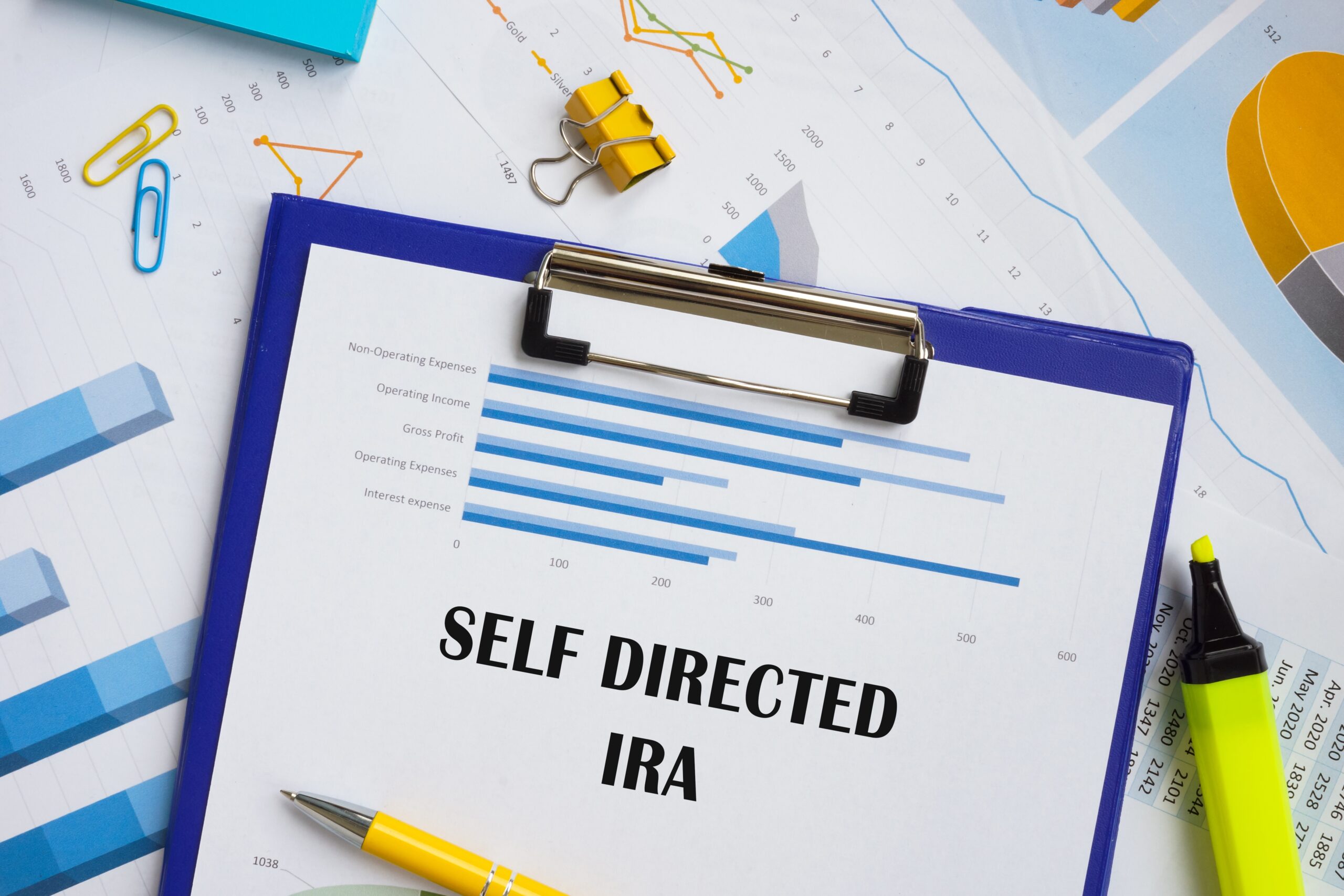A self-directed IRA (Individual Retirement Account) is a type of IRA that allows account owners to invest in a wider range of assets beyond the traditional investment options typically available in an IRA, such as stocks, bonds, and mutual funds. With a self-directed IRA, the account owner has greater control over their investments and can invest in alternative assets such as real estate, private equity, precious metals, and more.
However, self-directed IRAs come with additional responsibilities and risks. The account owner is responsible for researching and choosing the investment options, as well as managing the assets within the account. In addition, the IRS has strict rules regarding self-directed IRAs, and any violations can result in significant tax consequences.
Self-directed IRAs are typically held by a custodian who is responsible for managing the account and ensuring that all IRS regulations are followed. The custodian may charge higher fees for self-directed IRAs, and account owners may need to do their own research or consult with professionals to make informed investment decisions.
It’s important to note that self-directed IRAs are not for everyone, and account owners should carefully consider the potential risks and benefits before opening a self-directed IRA.



